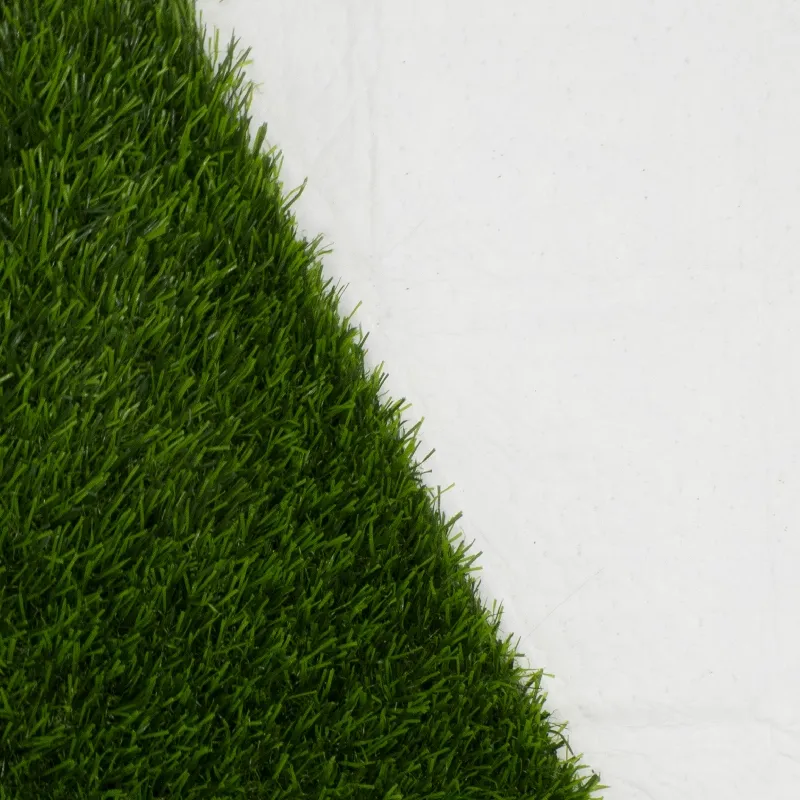
- Afrikaans
- Arabic
- Belarusian
- Bengali
- Czech
- Danish
- Dutch
- English
- Esperanto
- Estonian
- Finnish
- French
- German
- Greek
- Hindi
- Hungarian
- Icelandic
- Indonesian
- irish
- Italian
- Japanese
- kazakh
- Rwandese
- Korean
- Kyrgyz
- Lao
- Latin
- Latvian
- Malay
- Mongolian
- Myanmar
- Norwegian
- Persian
- Polish
- Portuguese
- Romanian
- Russian
- Serbian
- Spanish
- Swedish
- Tagalog
- Tajik
- Thai
- Turkish
- Turkmen
- Ukrainian
- Urdu
- Uighur
- Uzbek
- Vietnamese
cost to have artificial grass installed
Dec . 03, 2024 13:11 Back to list
The Cost to Have Artificial Grass Installed A Comprehensive Overview
Artificial grass has gained immense popularity over the last few years, transforming many gardens and outdoor spaces. Homeowners and businesses alike are drawn to its low maintenance requirements, aesthetic appeal, and durability. However, before making the switch from natural grass to synthetic turf, it is crucial to understand the cost involved in the installation process. This article will provide a comprehensive overview of the costs associated with installing artificial grass.
Initial Investment
The initial cost of installing artificial grass can vary significantly depending on several factors, including the type of material chosen, the size of the area, and the complexity of the installation. On average, homeowners can expect to pay between $5 to $20 per square foot for artificial grass, including materials and labor. This price can be influenced by the quality of the turf, as higher-end options will typically cost more.
For instance, basic artificial grass suitable for low-traffic areas might cost around $5 to $10 per square foot, whereas premium options, often designed to mimic the look and feel of natural grass, can range from $10 to $20 per square foot. When estimating the total installation cost, it’s essential to measure the area that needs turf, calculate the square footage, and multiply it by the price per square foot.
Additional Costs
In addition to the cost of the artificial turf itself, there are several other expenses that homeowners should consider during the installation process. These additional costs may include
1. Site Preparation Before laying the artificial grass, the existing landscape often requires preparation. This may involve removing natural grass, grading the soil, and adding a base layer of crushed rock or sand for proper drainage. Site preparation costs can range from $1 to $3 per square foot.
2. Edging and Drainage Systems Proper edging is necessary to keep the artificial grass in place and can cost an additional $1 to $2 per linear foot. Additionally, if your area experiences heavy rainfall, installing a drainage system can prevent water accumulation. Drainage systems can add another $2 to $5 per square foot.
cost to have artificial grass installed

3. Labor Costs Hiring professionals for installation can significantly affect the overall cost. Professional labor rates can vary widely but generally range from $2 to $7 per square foot. While DIY installation is an option to save on labor costs, it requires considerable effort and expertise.
4. Maintenance Products Although artificial grass is low maintenance, occasional cleaning and maintenance are still required. In addition to regular brushing to keep the fibers standing upright, homeowners might need to purchase maintenance products, such as infill materials (usually made from rubber or sand), which can cost around $0.50 to $2 per pound.
5. Warranty and Longevity When calculating the cost of artificial grass, it’s essential to consider the expected lifespan of the turf. High-quality artificial grass typically lasts between 10 and 25 years, depending on usage and maintenance. While the upfront cost may be higher, the long-term savings on water bills, lawn care, and maintenance can be substantial.
Long-Term Cost Savings
Despite the significant initial investment, many homeowners find that switching to artificial grass can result in long-term savings. Natural grass requires continuous maintenance, including mowing, watering, fertilizing, and pest control. These ongoing costs can add up quickly, making artificial grass a more economical choice over time.
Moreover, in regions suffering from drought or water shortages, opting for artificial grass can eliminate the need for watering altogether, significantly reducing water bills and environmental impact.
Conclusion
The decision to install artificial grass involves a considerable cost, but the benefits can outweigh the initial investment. By understanding the various factors that contribute to installation costs—including material selection, site preparation, and potential savings—homeowners can make informed choices that enhance their outdoor space and promote sustainability. Whether for personal use or enhancing a commercial property, artificial grass can provide a lush, green landscape all year round with minimal effort.
-
The Benefits of Artificial Turf for Indoors
NewsJul.15,2025
-
How Artificial Grass Suppliers Ensure Quality Products
NewsJul.15,2025
-
Artificial Grass and Pets: A Space for Relaxation
NewsJul.08,2025
-
Balcony & Outdoor Decoration with Artificial Grass
NewsJul.08,2025
-
Best Indoor Artificial Grass for Home
NewsJul.07,2025
-
Best Pet Turf for Dogs: Safe & Durable Artificial Grass Options
NewsJul.07,2025
Products categories









